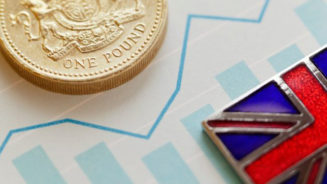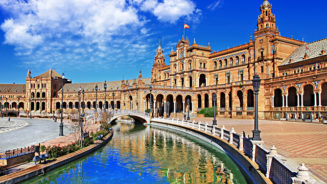In its latest report published last month, the Council of Europe’s committee on money laundering and the financing of terrorism (Moneyval) said the absence of data on beneficial ownership means it can be hard to determine whether money leaving the island is being used to fund terrorism or money laundering.
The report said there is still “not enough understanding” of the risks of having limited information on beneficial ownership.
“While the authorities are aware that the money laundering/ financing of terrorism (ML/FT) threats are mainly external, their understanding of threats may be incomplete due […] the absence of aggregated data on where the beneficial owners of assets managed or funds held in the IoM are from or which countries those funds are coming from.
“The absence of this data creates challenges in determining whether any flows leaving the IoM could potentially be linked to FT, terrorist groups or individual terrorists in other countries, especially in high-risk jurisdictions,” said the report.
Data sharing agreement
Last November, the Isle of Man’s government launched a consultation on a draft version of its proposed beneficial ownership bill in line with an agreement it made with the UK in April.
The deal was made in response to the Panama Papers, a leak of more than 11 million files from Panamanian law firm Mossack Fonseca exposing how the rich and powerful around the world use offshore shell companies to avoid paying tax.
The data-sharing arrangement with HM Revenue & Customs, which went live last September, means that all of the crown dependencies and British overseas territories must formally disclose information relating to the beneficial ownership of companies.
‘Significant reforms’
Moneyval’s report praised the Isle of Man’s policies on money laundering as a “strong point”, saying the island had made “significant reforms” in this area.
It added that authorities have a ‘thorough understanding’ of the Isle of Man’s institutional and legal vulnerabilities in these areas, as well as those sectors which are most at risk.




